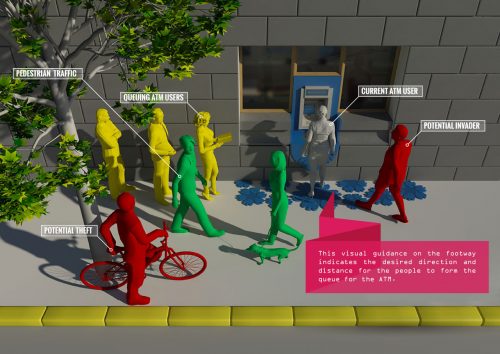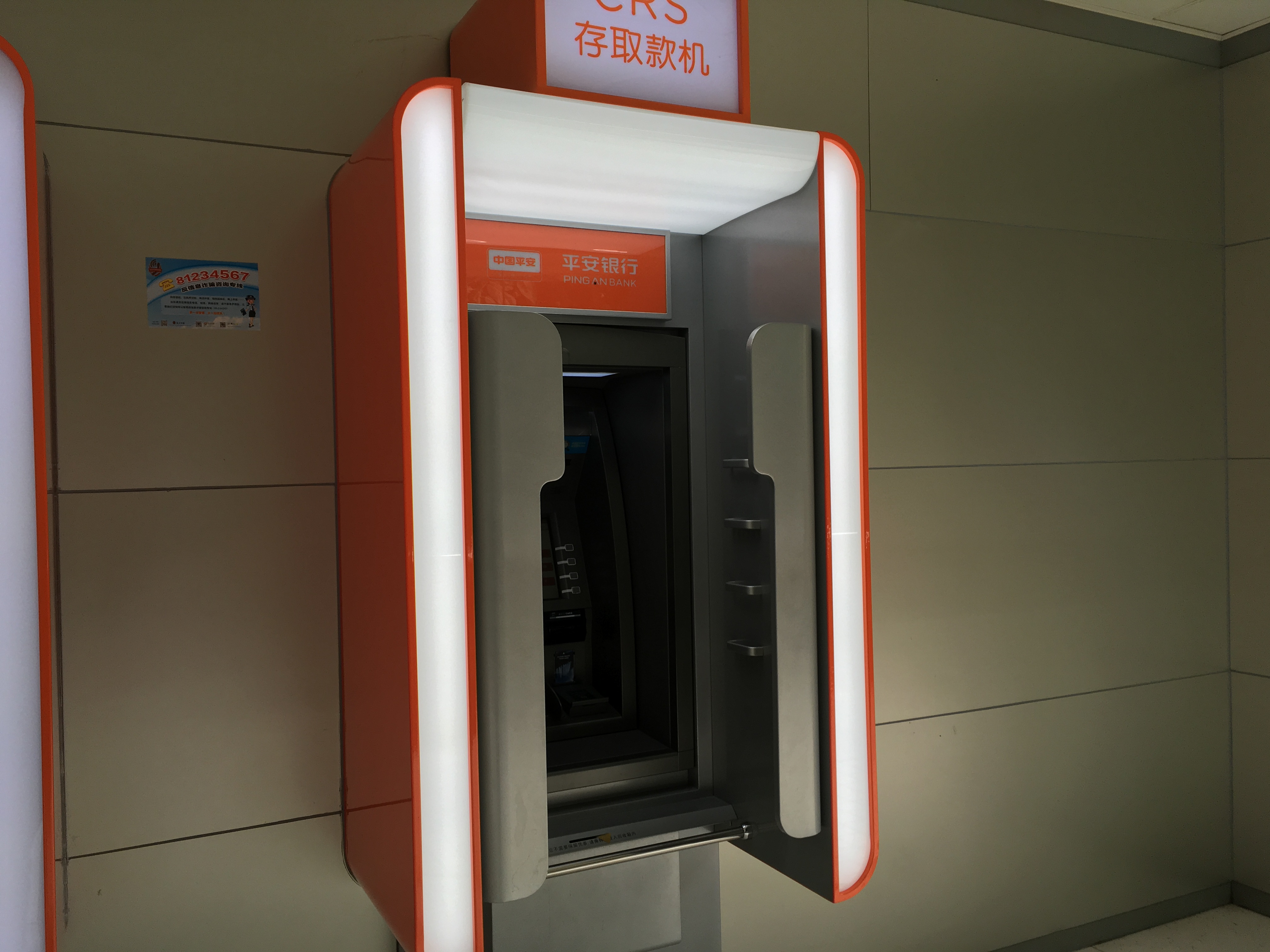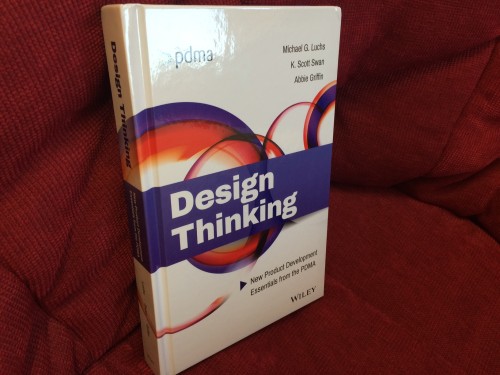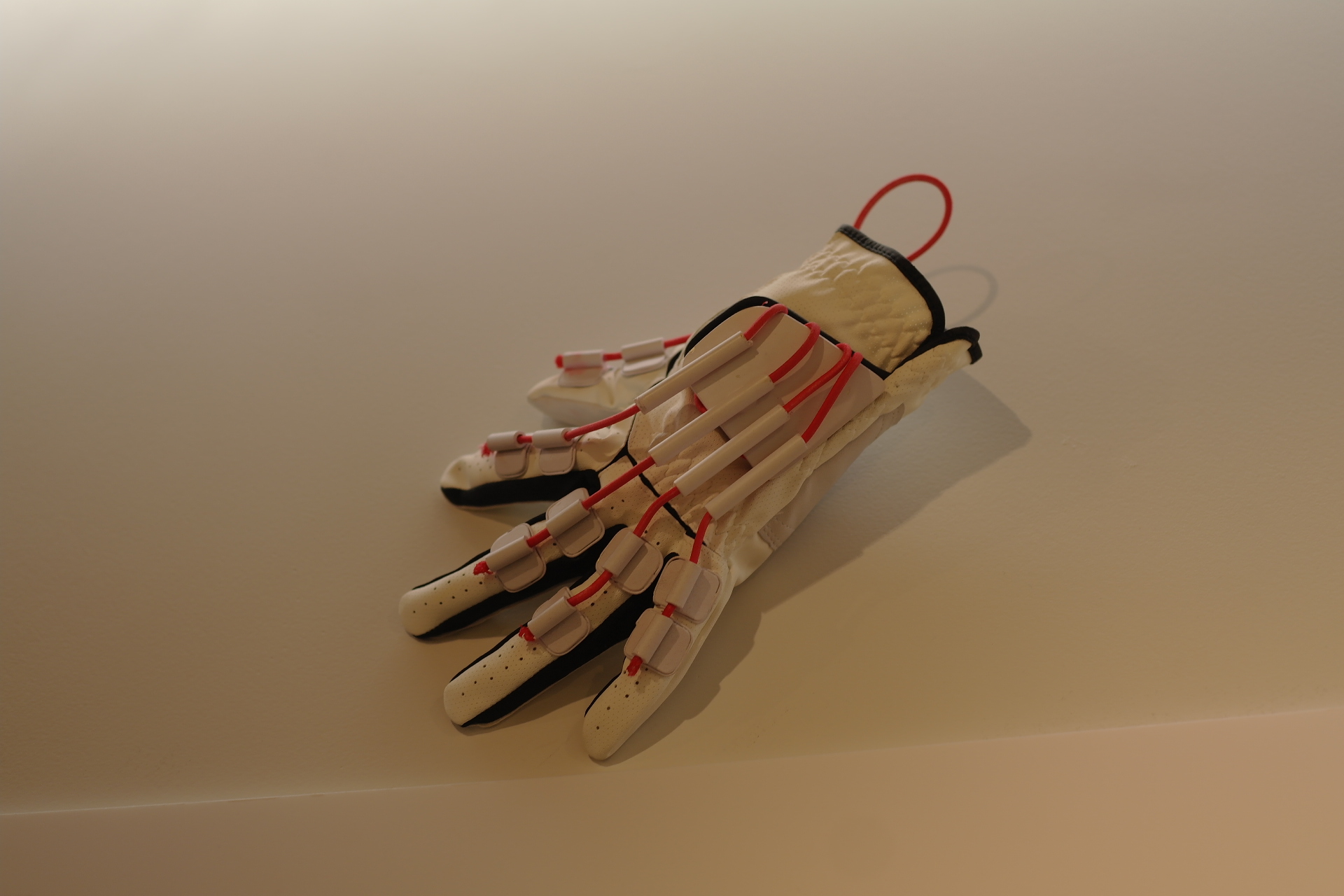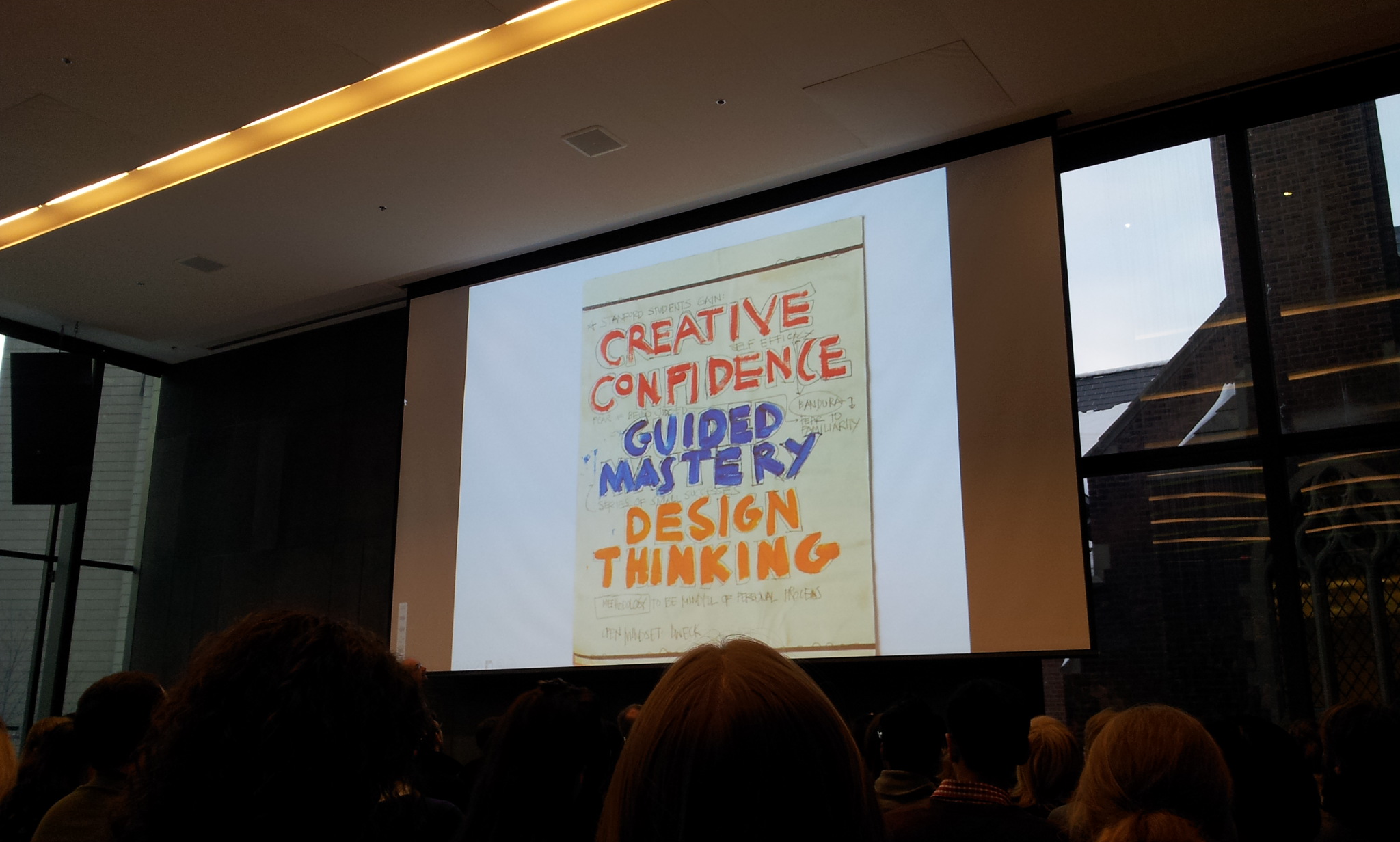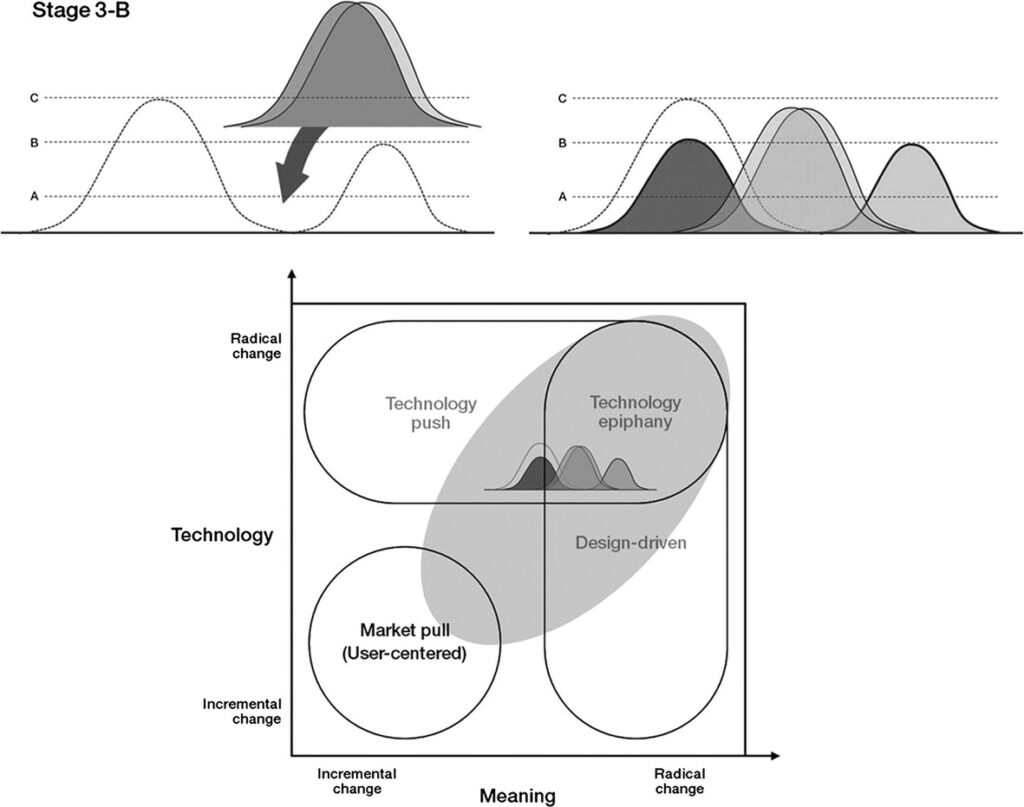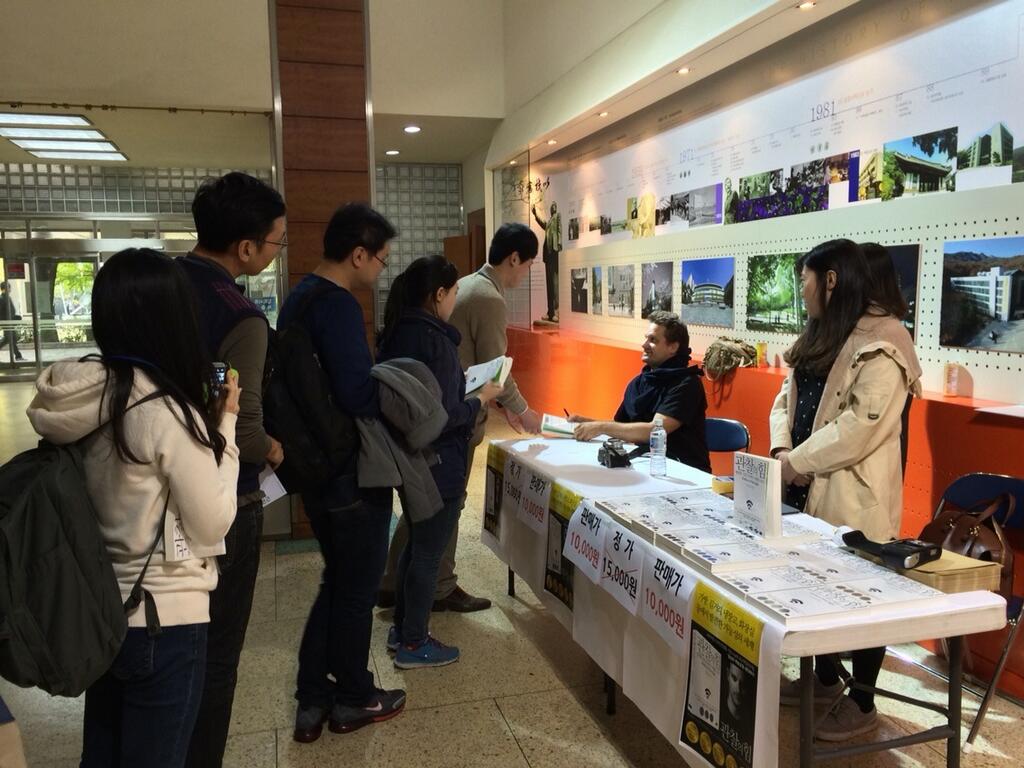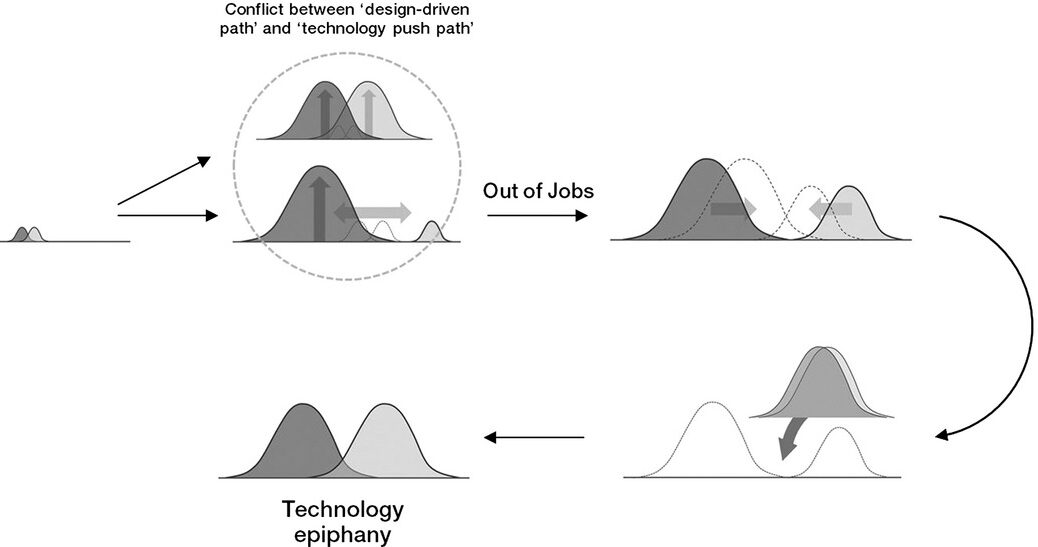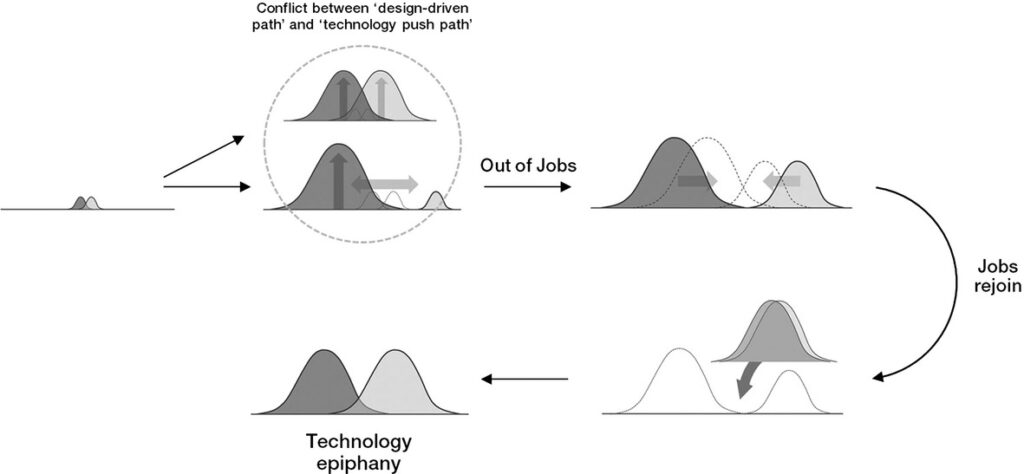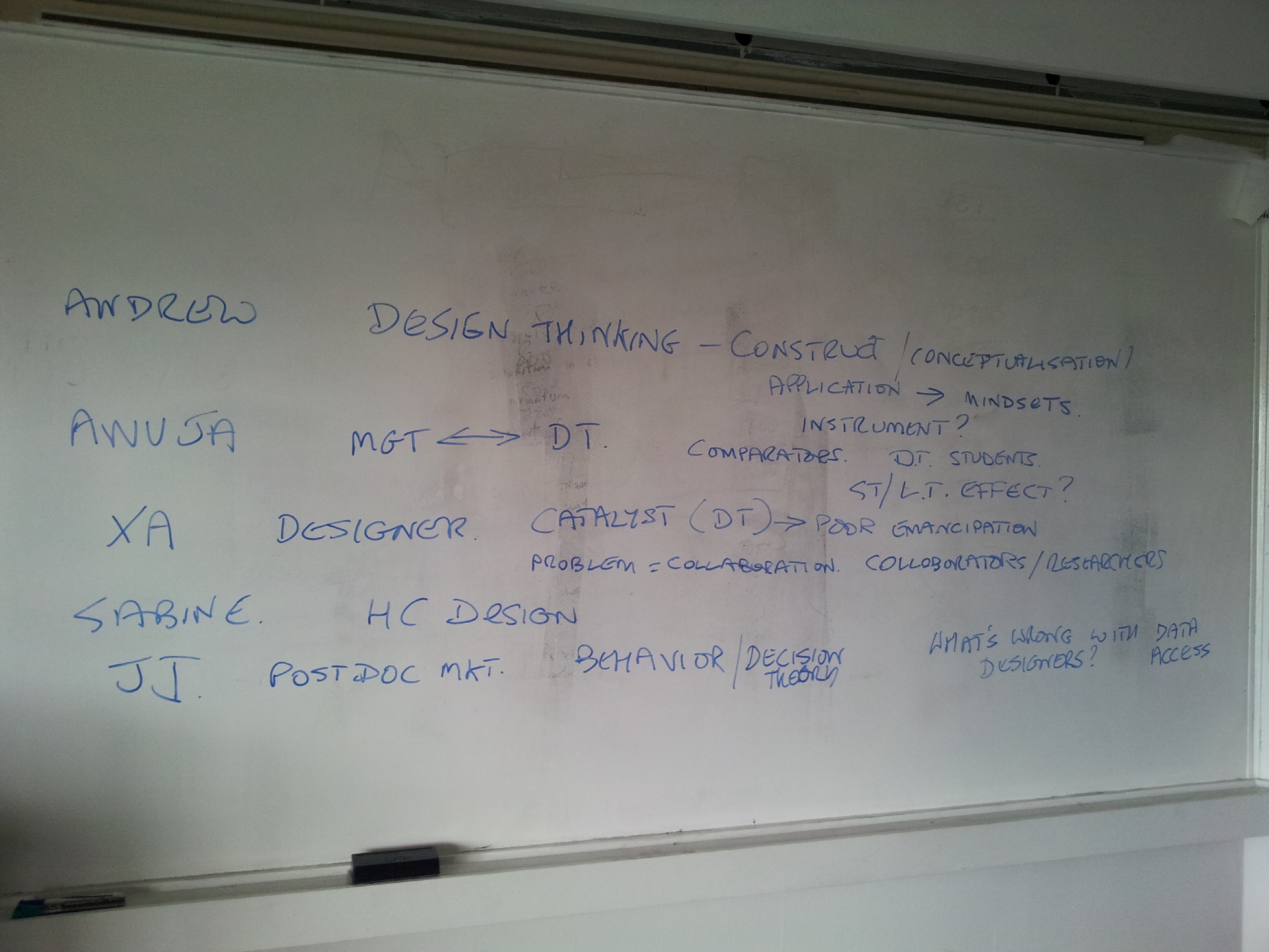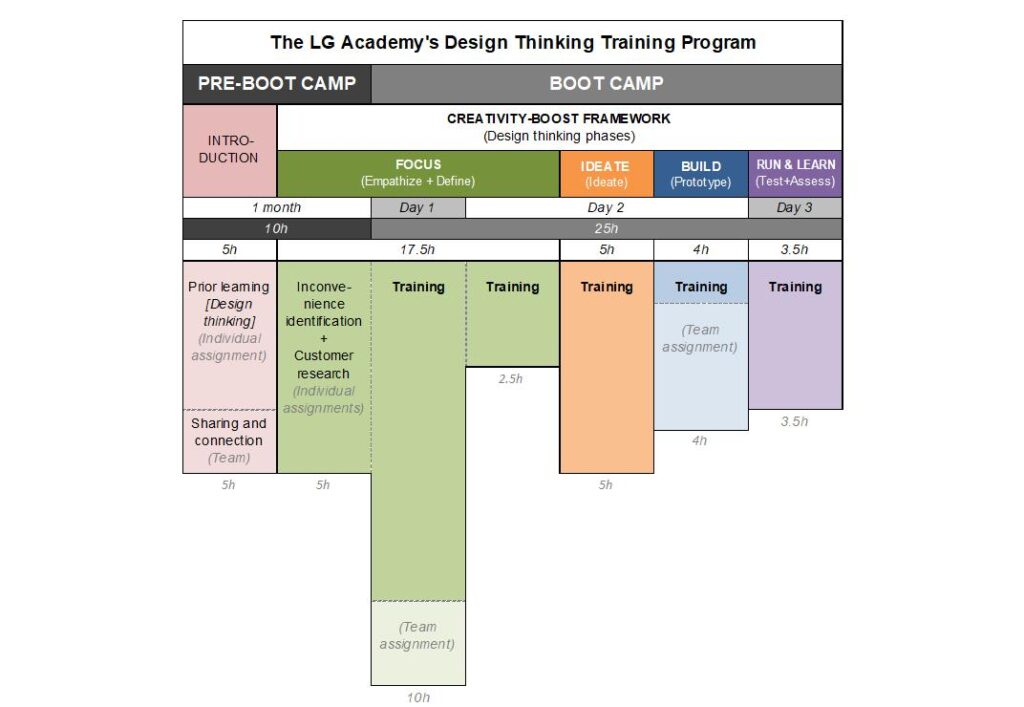We use ATM machines to deposit, withdraw, and transfer money. However, strangers unintentionally overlook what we do when they stand behind us or next to us because they stand side by side and people queue behind us. Unfortunately, this issue has not been addressed in Korea yet. Only a tiny, low-resolution mirror is attached on top of each machine.

Differently from Seoul, Shenzhen provides safer and more comfortable experience. A orange-colored bank not only provides sufficient distance between machines but also allows users to get inside the closed space. Therefore, Chinese users feel safe while being “encapsulated.”

In fact, ATM safety is an international issue. Designers address this issue from an innovative perspective. For instance, IDEO designed humanized ATMs for the Spanish bank, BBVA. This concept was introduced in Fastcodesign.
The biggest overhaul, though, has nothing to do with the touchscreen; it’s the position of the machine itself. It’s rotated 90 degrees, forcing people to queue up next to the ATM rather than behind it — a remarkably simple solution to a longstanding problem: the ominous feeling, when you’re taking out cash, that the guy behind you is about to rob you blind.
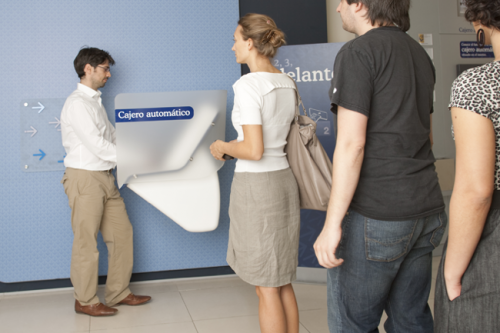
Another interesting idea is a concept called Magic Carpet proposed by a Polish industrial designer, Judyta Wojciechowska. This concept was introduced at the Behance.
Magic Carpet is a decorative floor covering located on the footway beside an ATM. The carpet design guides ATM users as to where to stand to maintain the privacy of the person using the ATM and also to accommodate pedestrian flow. This visual guidance on the footway indicates the desired direction and distance for the people to form the queue for the ATM. If the ATM user’s private space is invaded then sensors in the carpet detect this movement and activate a vibration system beneath their feet. The vibration alerts the user to respond and the “invader” to step back. This design consequently protects the ATM user from crimes such as shoulder surfing distraction theft and pick-pocketing.
